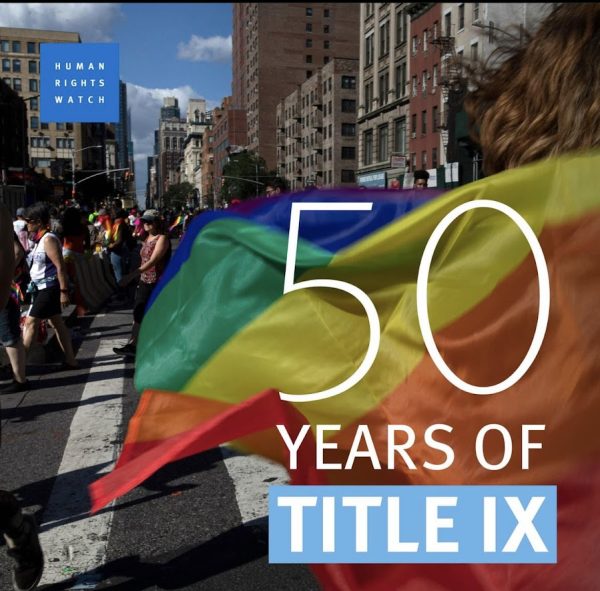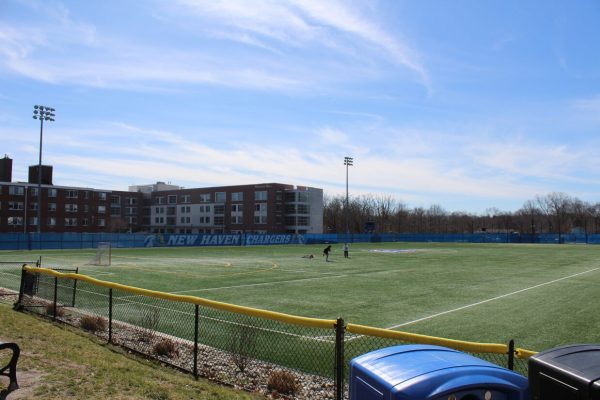As millions celebrate marijuana legalization, we must divert attention toward those presently incarcerated
As marijuana legalization continues, millions across the U.S. have been hosting celebrations. This year, thousands gathered in celebration of marijuana legalization in New York, while in Connecticut, residents rallied in support for marijuana legalization with music, food and dance.
Currently, marijuana use is fully legal in 17 states, highlighting the current trajectory of U.S. policy.
Despite this trend, 40,000 Americans were incarcerated due to marijuana use in 2020, with Black people being nearly four times more likely to be arrested, despite using the substance at nearly the same rate as white people.
Thus, while there is much reason to celebrate, we must combine celebration with action—as a majority of cannabis business owners are white, and Black and Latinx people are still disproportionately being incarcerated.
Additionally, white cannabis users should research the racist history behind marijuana prohibition — especially as they celebrate its legalization.
As an area of discourse, the legality of marijuana use began to take hold in the early 20th century, after the creation of a film called “Reefer Madness,” which altered the public’s perception of the drug.
Featured in the film were teenagers who slowly become addicted to marijuana, losing their innocence and morals. The film brought an idea to the public that marijuana is a gateway drug that will lead to crime and degraded moral characters.
Since the movie came out, that view of marijuana has prevailed among lawmakers, perpetuating its racist origins. This can be shown in President Nixon’s declared war on drugs in the 1970s when he increased the size of federal drug control agencies and pushed no-knock warrants to stop the prevalence of drug use.
These types of strict drug laws weren’t fully intended to stem drug use but were instead a continuation of racist policing, in which Black people were targeted more for the same crimes as white people, and in direct response to Civil Rights Movements.
Although this trend was especially prevalent during the 1970s, it has evidently continued to today — as the Black community is forced to contend with racist drug laws.
According to the NAACP, 5% of illicit drug users are African American, while they represent 29% of those who are arrested and 33% of those who are incarcerated.
In essence, we have much to celebrate as more states begin to legalize marijuana use. However, there is also much inequity to address in marijuana legislation, making it necessary for more white marijuana advocates to take a more nuanced approach to the issue.

Samuel Weinmann is a passionate journalist who is a junior international affairs major at the University of New Haven. As the editorial head of the Charger...








